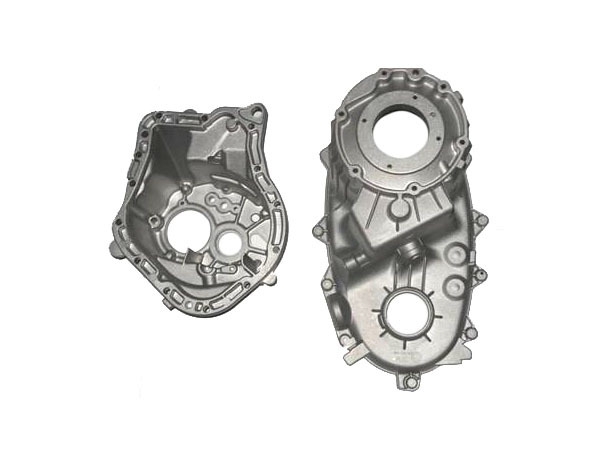Low Pressure Casting
Key words:
Classification:
Product Description
Die CastingManufacturerThe traditional die casting process mainly includes four steps, namely high pressure die casting. These four steps include mold preparation, filling, injection and sand drop, which is also the basis of various improved die casting processes. When die castingManufacturerIn preparation for the die casting process, a lubricant needs to be injected into the mold cavity. In addition to helping control the temperature of the mold, lubricants can also help demolding castings. The mold can then be closed and then molten metal can be injected into the mold under high pressure.
Die CastingManufacturer useThe die-casting pressure range of approx.10 to 175 MPa. After filling the molten metal, the pressure will be maintained until the casting solidifies. Then the pusher will push out all the castings. Since there may be multiple cavities in the mold, multiple castings may be produced during each casting process. The sand drop process requires the separation of residues, including mold openings, runners, gates, and fly edges. Die CastingManufacturerThis process is usually done by extruding the casting using a special trimming die. Other methods of dropping sand include sawing and sanding. If the door is fragile, the casting can be shot directly, which can save manpower. The excess open die can be reused after melting. The usual yield is about67%。
Die CastingManufacturerThe high-pressure injection can fill the mold very quickly, so the molten metal can fill the entire mold before any parts solidify. In this way, even thin-walled parts that are difficult to fill can avoid surface discontinuities. However, this may also cause air entrapment, because it is difficult for air to escape when filling the mold quickly. This problem can be reduced by placing vents on the parting line, but even a very precise process will leave a hole in the center of the casting. Die CastingManufacturerMost of the die-casting can be done by secondary processing to complete some structures that cannot be completed by casting, such as drilling and polishing.
Defects can be checked after sand drop. Common defects include stagnation (unsatisfactory casting). These defects may have been made by die castingManufacturerInsufficient temperature of the mold or molten metal used, mixing of metal and impurities, too few exhaust holes, and too much lubricant. Other defects include porosity, shrinkage, hot cracks and flow marks. Flow marks are marks left on the surface of the casting due to gate defects, sharp corners, or excessive lubricant.
Related Products
Product inquiry
Sales Hotline:+86-18331916658
Sales Hotline:+86-17732979583
Fax:0086-319-5672177
E-mail:pengyuzhuzao@163.com
Address: Dongding Village, Sujiazhuang Town, Ningjin County, Xingtai City, Hebei Province

View mobile phone official website
Copyright©2022 Ningjin Pengyu Auto Parts Co., Ltd.


